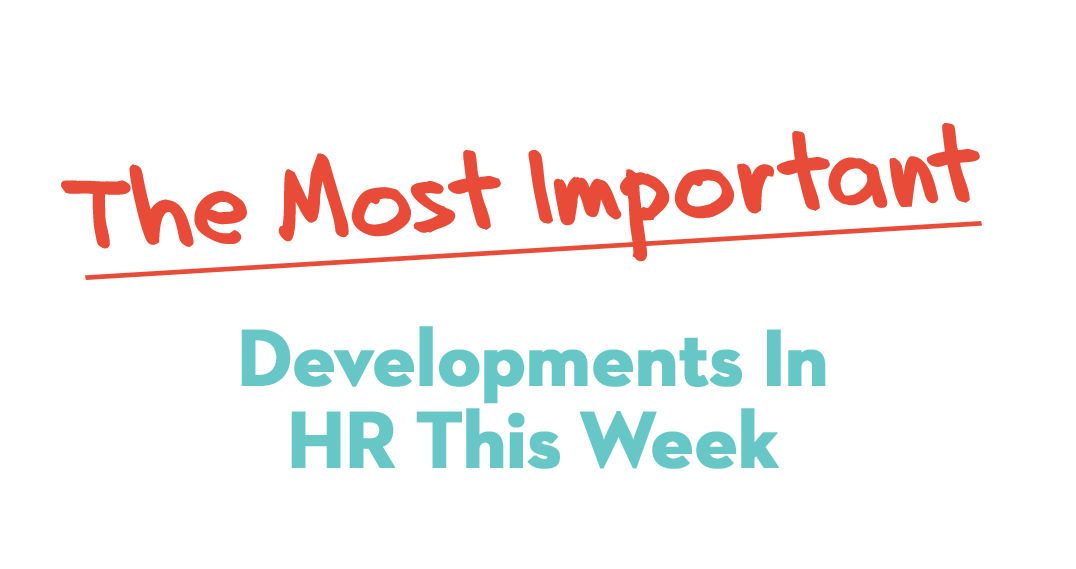
Last week Amazon said that it will be doing something that is not only good news for their workers, but a call to action for small employers, too. It will be spending more than $700 million over the next six years in order to retrain more than 100,000 of its U.S. employees — a full third of its workforce. And not just for them to get the skills for higher-level careers at Amazon, but to have the skills to go elsewhere if they so choose. Sure, big companies like Amazon can afford to do stuff like this. But what about small firms? SMBs may not be able to spend millions, but here are three low-or-no-cost ideas: The IRS allows businesses to deduct up to $5,250 every year per employee for educational expense reimbursement. Also, a 529 plan is an after-tax defined contribution arrangement that allows both an employer and employee to save money — tax free — and then use those savings to pay for higher education expenses. Finally, you don’t have to be Amazon to offer internships and apprenticeships.The Guardian


The Industrial Revolution required muscle from its workers. The Information Age traded muscle for mental capacity, which explains the rise of “knowledge workers.” The future will require workers to be emotionally intelligent. In the AI-abundant world of tomorrow, where technology will do much of the heavy lifting, the ability to deliver human compassion and empathy will become much more valuable. While the technical hard skills will remain important, emotional intelligence will take on new significance. So those interested in thriving in a high-tech world must put renewed prioritization on emotional intelligence and soft skills. However, soft skills represent the top three missing skills of job applicants, according to the Society of Human Resource Management’s (SHRM) “2019 State of the Workplace.” Inc.


Just when we all decided using emojis in work emails was unprofessional, a flurry of new research on the subject is turning that idea around. Ever since email became the way we communicate with people in the next cube, there’s been the lingering problem of not being able to discern the emotion behind the message. Did Hal from accounting just dis me with this snippy note about my lunch expenses? Is Janet from sales being sarcastic, or is she angry? Emojis could solve that problem. Here’s what an article in this month’s GQ has to say about it: If a recent study is anything to go by, communicating with emojis at work isn’t unprofessional, it’s exactly what we should be doing. As The Wall Street Journal reports, emojis can be used to “over-communicate”. In face-to-face communications, people share empathy and create relationships through Emotional Contagion. Researchers found that the same sections of the brain are activated when an individual sees an emoji as when seeing real human facial expressions. GQ


Human resources professionals are facing exciting and challenging times today. As the gig economy gains even more steam, talent management takes center stage in business strategy, and benefits packages change shape. Technology advancements also are affecting the HR world, and HR professionals need to stay on top of trends and solutions to keep their businesses in the forefront. One way you can stay on the leading edge of HR trends and hot topics is to read leading blogs by industry experts and professionals. To help you do just that, we have rounded up 50 of the must-read HR blogs online today. The blogs cover everything from recruiting and talent to technology and apps to give you the insights and information you need to excel in your HR position and help your company excel in creating and sustaining a superior workforce. Wonolo


Workforce magazine is edging up to its 100th anniversary, which blows us away. It began in 1922 as The Journal of Personnel Research, changed its name along the way to Personnel Journal, and finally to Workforce. To commemorate this milestone, the mag’s editors are reflecting on articles from past issues that illustrate how HR has evolved and changed. One, “Spotting the Neurotic and Helping the Maladjusted,” written in 1957, used war-taught lessons to make the argument that people formerly excluded from the workforce, like those with some form of mental illness or women (lol), can become valuable workers. Another, “Regaining Lost Skill,” written in 1937, looked at the problem people faced during the Great Depression trying to reenter the workforce when they had been out of work for more than five years and were seen to have lost necessary skills. So, upskilling isn’t new after all! Workforce










